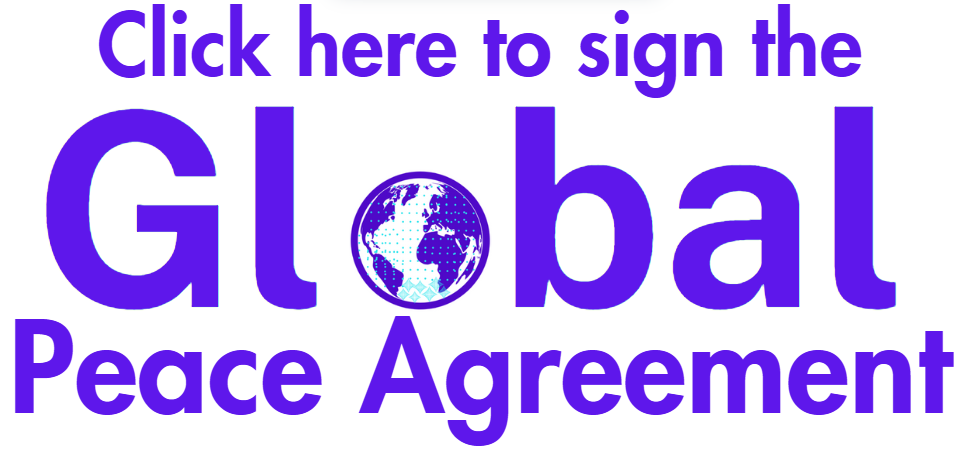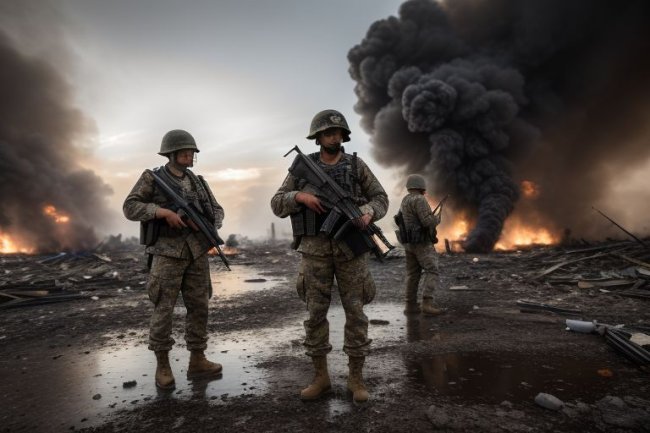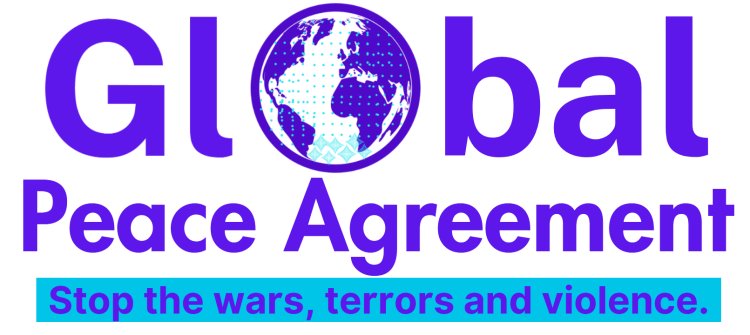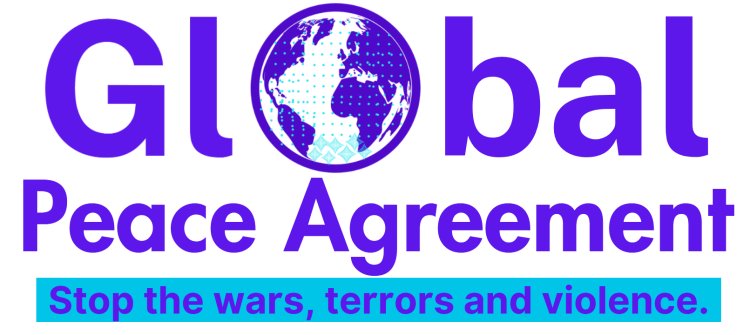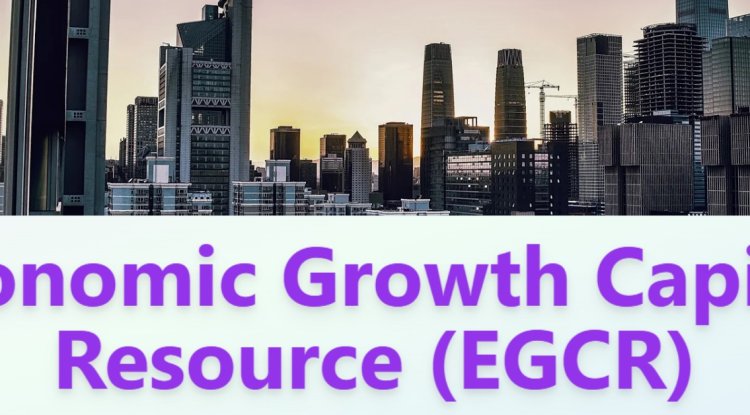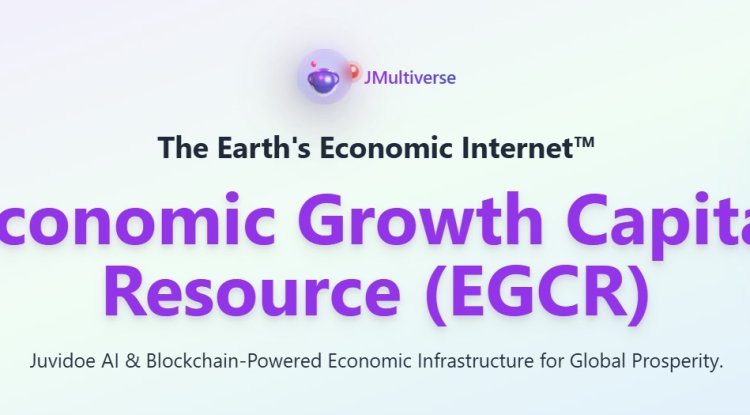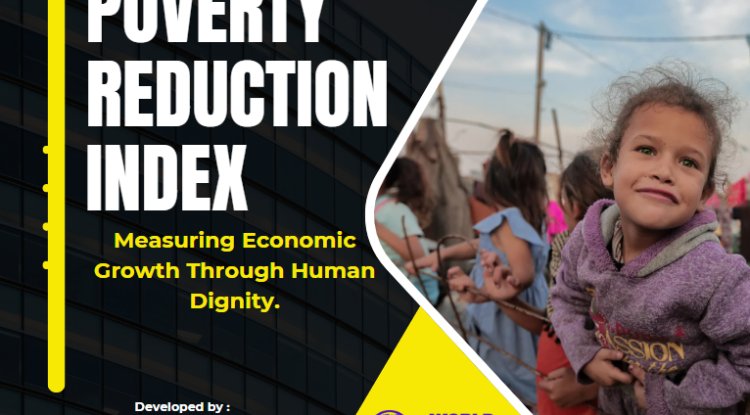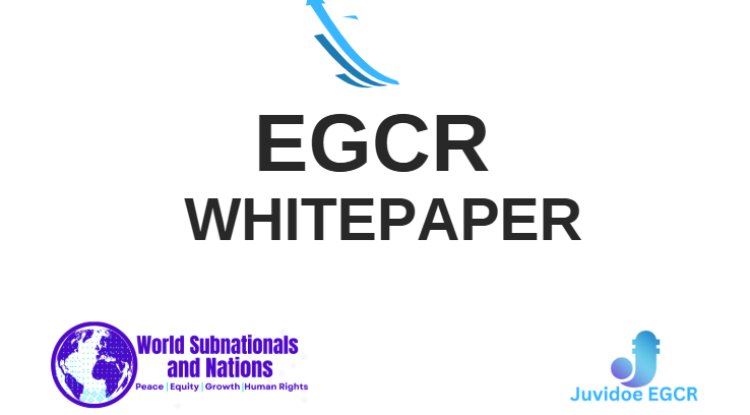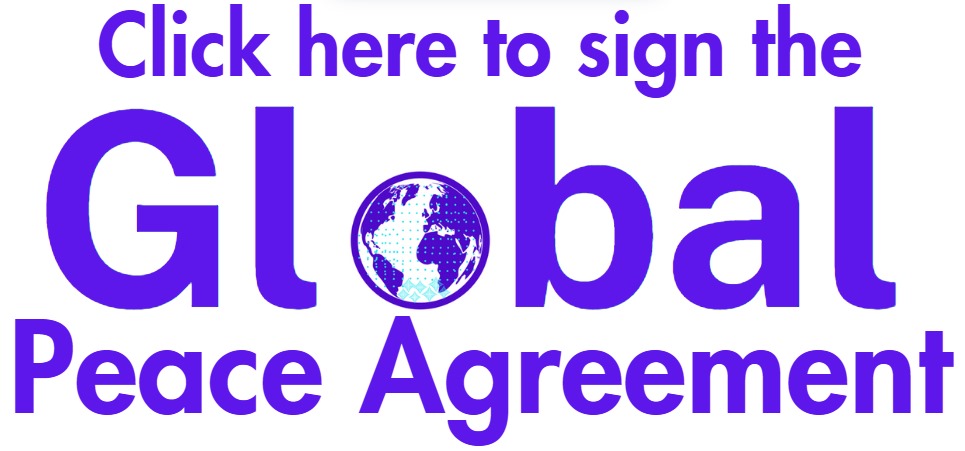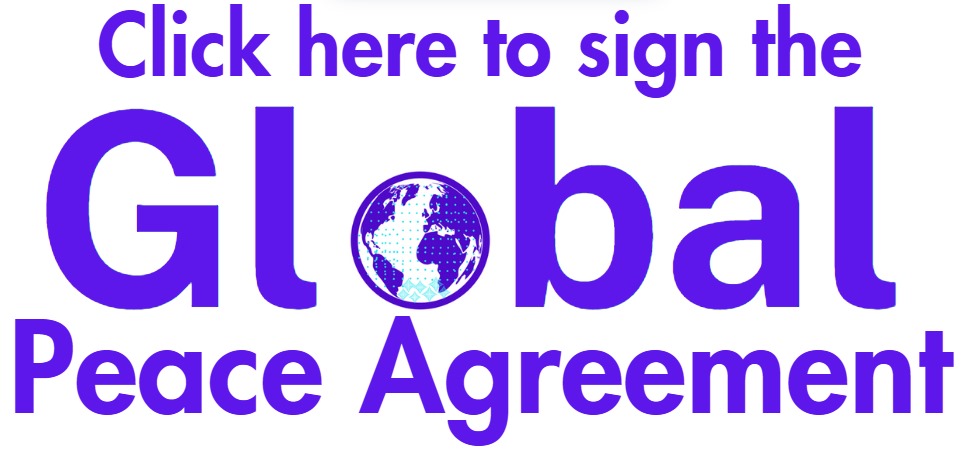Addressing Underlying Causes Of Conflict, Such As Inequality And Resource Disputes
Across the ages, the persistent specter of conflict has loomed, darkening the paths of societies and nations alike. While the outward manifestations of conflicts may differ, a deeper analysis reveals the prevalent threads of inequality and resource disputes as their underlying origins. These fundamental causes act as rich soil, nurturing grievances and animosities, inevitably leading to eruptions of violence and upheaval. Within this complex terrain, comprehending these foundational factors becomes imperative as we strive toward a future adorned with enduring peace and harmonious coexistence.

Inequality: A Breeding Ground for Discontent
Economic and social inequality serves as a potent catalyst for conflict. The stark disparities in wealth, access to opportunities, and basic services breed discontent and resentment within marginalized communities. When a substantial portion of the population is left behind in pursuing progress and prosperity, the seeds of conflict are sown.
Economic inequality, in particular, can lead to hopelessness and alienation among the less privileged. As the wealthy elite amass wealth and influence, those struggling to make ends meet may perceive the system as rigged against them, fostering feelings of injustice and frustration.
Moreover, social inequality, such as discrimination based on race, ethnicity, or gender, perpetuates divisions and erodes societal cohesion. When certain groups face systemic prejudice and exclusion, their aspirations for dignity and equality may become intertwined with struggles for social justice, further fueling conflicts.
Resource Disputes: Fighting for Scarce Commodities
Resource disputes have been at the heart of numerous conflicts throughout history. Scarce and valuable resources, such as oil, minerals, water, and arable land, can become flashpoints for territorial disputes and economic rivalries. The competition for control over these resources can escalate tensions and trigger violent confrontations.
Resource-rich regions are often prone to exploitation and external interference as powerful nations seek to secure their access to these coveted commodities. Pursuing resources can exacerbate existing divisions and entangle countries in protracted conflicts.
Furthermore, resource mismanagement and corruption can exacerbate the impact of resource disputes. When resources are not equitably distributed or used to benefit the broader population, it can heighten feelings of injustice and contribute to societal instability.
Ethnic and Religious Tensions: Seeds of Sectarian Strife
Ethnic and religious tensions are significant drivers of conflicts worldwide. Deep-rooted historical grievances and animosities can erupt into violent confrontations, with communities pitted against each other to protect their identity and interests.
Divisive ideologies perpetuated by extremist groups can exploit ethnic and religious fault lines to rally support and further their agendas. The manipulation of identity politics can stoke fears and perpetuate cycles of violence.
Additionally, state policies that discriminate against certain ethnic or religious groups can fuel feelings of marginalization and foster a sense of collective grievance. Addressing these root causes requires promoting inclusivity, respect for diversity, and equal treatment under the law.
Political Power Struggles: Quest for Control
Political power struggles are another critical underlying cause of conflict. Ambitious leaders vying for authority and control can instigate unrest, often manipulating social and economic grievances to rally support for their causes.
Power vacuums can emerge in countries with weak governance structures and fragile institutions, leading to political instability and heightened competition for influence. These power struggles can escalate into armed conflicts if not managed through inclusive and transparent political processes.
Historical Legacies: The Ghosts of the Past
Historical legacies of colonization, imperialism, and forced displacement continue to shape contemporary conflicts. Lingering grievances over past injustices and territorial boundaries can serve as enduring sources of tension.
Resolving historical grievances requires a reckoning with the past, acknowledging past wrongs, and finding paths toward reconciliation. Dialogue, truth and reconciliation commissions, and acknowledgment of historical injustices can pave the way for healing and peacebuilding.
The Role of External Actors: A Double-Edged Sword
External actors can play a significant role in fueling or mitigating conflicts. While international support can help stabilize conflict zones and promote peace, external interference for geopolitical gain can exacerbate conflicts.
Arms sales, military aid, and covert support to warring parties can prolong conflicts and intensify violence. On the other hand, international diplomatic efforts, mediation, and peacekeeping missions can contribute to conflict resolution and post-conflict stability.
Protracted Conflicts and the Cycle of Violence
In many cases, conflicts become protracted, with violence begetting more violence. As conflicts persist over extended periods, societal trauma deepens, and avenues for peaceful resolutions may appear increasingly remote.
Breaking the cycle of violence requires a concerted effort to build trust and foster dialogue between conflicting parties. Reaching sustainable peace may require compromise, concessions, and recognition of shared interests and objectives.
Proactive measures and comprehensive strategies are needed to address the root causes of conflict. Emphasizing inclusivity and equality in governance and decision-making processes is critical in addressing inequality and social tensions. Inclusive policies prioritizing equitable resource and opportunity distribution can help address economic disparities and reduce feelings of marginalization.
Effective resource management, transparency, and accountability are crucial to avoid resource-related conflicts. Governments must ensure that the benefits of resource wealth reach all population segments, investing in social programs and infrastructure to improve living conditions for all.
Promoting intercultural dialogue and understanding is essential in addressing ethnic and religious tensions. Efforts to foster social cohesion and promote shared identities can mitigate sectarian strife and reduce the appeal of extremist ideologies.
Furthermore, robust and transparent political institutions are necessary to prevent power struggles from escalating into violent conflicts. Strengthening democratic processes, ensuring free and fair elections, and promoting political pluralism can help manage political transitions and reduce power disputes.
Addressing historical grievances requires both recognition and reconciliation. Truth and reconciliation commissions can provide spaces for dialogue, acknowledge past wrongs, and lay the foundations for healing and social cohesion.
The role of external actors should be guided by the principles of non-interference and respect for sovereignty. International diplomatic efforts should prioritize conflict resolution and promote multilateral cooperation in addressing root causes.
In protracted conflicts, transitional justice mechanisms can promote accountability, rebuild trust, and facilitate post-conflict reconstruction. Establishing a conducive environment for lasting peace necessitates substantial and enduring investments in education, healthcare, and economic opportunities.
Unraveling the Seeds of Peace
Inequality and resource disputes are powerful root causes of conflict, shaping the destinies of nations and communities alike. Understanding the complexities of these issues and their interplay is essential in devising effective solutions that address the multifaceted challenges.
By prioritizing inclusivity, equality, and justice, societies can begin to unravel the seeds of peace. Embracing transparency, dialogue, and reconciliation is crucial in healing historical wounds and building bridges toward a shared future.
The path to peace is not without challenges, but the collective efforts of governments, international actors, and civil society can pave the way for a world where conflicts find resolution and peace prevails. The pursuit of lasting peace requires unwavering commitment, compassion, and a shared vision for a more harmonious and equitable world. Through a steadfast dedication to addressing root causes and fostering dialogue, humanity can move closer to a future defined not by the darkness of conflict but by the radiant light of peace.
Implementing Sustainable Development Initiatives Alongside Peace Agreements
In the quest for a more peaceful and stable world, sustainable development initiatives have emerged as essential building blocks, complementing peace agreements in fostering enduring peace and prosperity. As conflicts continue to afflict various regions, it becomes evident that peace agreements alone may not address the root causes of strife and ensure a sustainable future. By intertwining peacebuilding efforts with comprehensive sustainable development strategies, nations can create a powerful synergy that addresses social, economic, and environmental challenges, laying the groundwork for lasting peace.
The Interplay of Peace Agreements and Sustainable Development
Peace agreements are critical for ending armed conflicts and establishing frameworks for peaceful coexistence. They often entail ceasefire arrangements, disarmament plans, power-sharing agreements, and provisions for addressing grievances. While these measures aim to bring immediate stability, they may not fully address the underlying socio-economic disparities and environmental degradation contributing to conflicts.
On the other hand, sustainable development initiatives seek to tackle these root causes by promoting social inclusion, economic opportunities, and environmental protection. Integrating these initiatives alongside peace agreements can achieve a more comprehensive and holistic approach to conflict resolution.
The Root Causes of Conflict
Conflicts often arise from poverty, inequality, lack of access to basic services, and competition over scarce resources. Sustainable development initiatives play a pivotal role in addressing these root causes. By focusing on poverty alleviation, promoting education and healthcare, and enhancing economic opportunities, nations can build more inclusive societies and reduce the potential for conflict.
Environmental degradation and resource disputes are also significant drivers of conflicts. Sustainable development initiatives that prioritize environmental protection, natural resource management, and climate resilience can mitigate these issues, contributing to the prevention of conflicts related to resources.
Social Inclusion and Reconciliation
Sustainable development initiatives prioritizing social inclusion and reconciliation can help heal the wounds of conflict and build bridges between communities. Efforts to address historical grievances, promote intercultural dialogue, and ensure equal rights for all can foster a sense of belonging and shared identity within diverse societies.
Furthermore, reconciliation programs can facilitate truth-telling, forgiveness, and healing, allowing societies to move forward from past traumas and envision a future built on mutual understanding and cooperation.
Economic Stability and Inclusive Growth
Sustainable economic development is crucial for post-conflict societies to rebuild and thrive. Peace agreements may create a conducive environment for investments and economic growth, but sustainable development initiatives are needed to ensure that the benefits reach all segments of society.
By focusing on job creation, skills development, and empowering marginalized groups, sustainable development initiatives can contribute to more equitable economic growth, reducing inequalities and the potential for future conflicts rooted in economic disparities.
Strengthening Governance and Institutions
Building effective governance structures and institutions is essential for the cohesiveness of post-conflict societies. Peace agreements may lay the groundwork for political power-sharing arrangements, but sustainable development initiatives can strengthen institutions and ensure their resilience in the face of challenges.
Transparent and accountable governance is critical for effectively implementing sustainable development projects and managing resources to benefit the broader population. By promoting good governance practices, nations can reduce corruption and increase public trust in institutions, further bolstering the prospects for lasting peace.
Environmental Sustainability and Resilience
Long-term stability depends on integrating environmental sustainability, a crucial element of sustainable development, into peacebuilding initiatives. Environmental degradation and natural resource scarcity can exacerbate conflicts, particularly in regions where competition over resources is fierce.
Sustainable development initiatives prioritizing environmental conservation, climate resilience, and sustainable resource management can alleviate resource-related tensions and promote cooperation between communities and nations.
International Cooperation and Support
Implementing sustainable development initiatives alongside peace agreements requires international cooperation and support. The international community can be crucial in providing financial assistance, technical expertise, and capacity-building to post-conflict nations.
Multilateral organizations, such as the United Nations and regional development banks, can assist in coordinating and implementing sustainable development projects, ensuring that they align with the priorities and needs of the affected communities.
Challenges and Opportunities
Implementing sustainable development initiatives alongside peace agreements is not without its challenges. Post-conflict societies often face limited resources, institutional weaknesses, and ongoing security concerns, hindering development efforts. Sustaining political will and commitment to long-term development is essential, as sustainable progress requires continuity and perseverance beyond the immediate aftermath of conflicts.
However, the opportunities presented by intertwining peacebuilding with sustainable development are immense. Nations can promote a future where peace is not just the absence of conflict but a condition of thriving and well-being for everyone by tackling the core causes of conflict and building an inclusive and resilient society.
The need for a more comprehensive approach to peacebuilding becomes evident as the world grapples with ongoing conflicts and their far-reaching consequences. By implementing sustainable development initiatives alongside peace agreements, nations can create a powerful synergy that addresses the root causes of conflicts and lays the foundation for lasting peace and prosperity.

